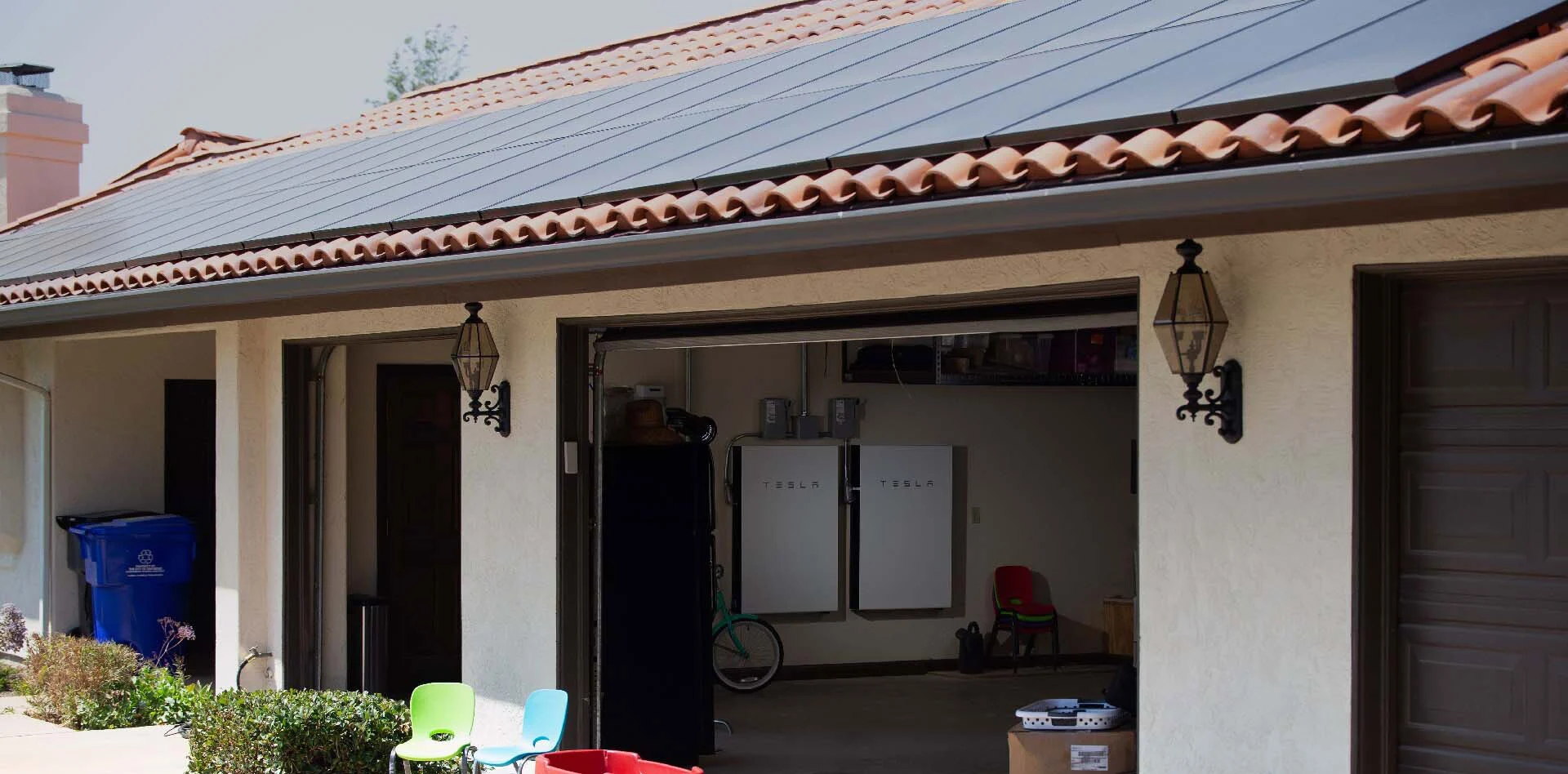




If you’re investing in solar, pairing your system with battery storage is one of the smartest ways to increase your home’s energy independence. But choosing between top-tier options like the Tesla Powerwall and the Enphase IQ Battery can feel like comparing apples and oranges. Both have strong reputations—but each appeals to different needs depending on how you use energy, what you value in support, and how your solar system is designed.
Here’s a detailed look at how the Tesla Powerwall and Enphase 5P battery stack up—so you can make the most informed choice.
| Feature | Tesla Powerwall 3 | Enphase 5P (x2 recommended) |
| Total Capacity | 13.5 kWh | 10–20 kWh (modular) |
| Chemistry | Lithium Iron Phosphate (LFP) | LFP |
| Warranty | 10 years | 15 years |
| Backup Power | Yes | Yes |
| Expandable? | Yes (limited) | Yes (highly modular) |
| Inverter Type | Integrated Hybrid Inverter | Microinverter-based |
| Software | Tesla App | Enphase App |
| Starting Price (Installed) | ~$12K–$14K | ~$14K+ for 2 batteries |
Both systems now use lithium iron phosphate (LFP) chemistry, which offers greater thermal stability than traditional lithium-ion. This means better safety with lower fire risk—a key concern for families in wildfire-prone areas. It's worth noting that Enphase adopted LFP earlier, and some Reddit users believe that’s helped them build a stronger track record in this category.
One of the biggest differences is how the batteries scale and handle power.
Tesla Powerwall 3 is a single large unit with a robust hybrid inverter and backup capacity. It’s ideal for new solar installations because it combines the inverter and battery into one sleek unit. Powerwall 3 supports higher peak loads, which can be important for running large appliances like HVAC or electric ranges during outages.
Enphase 5P batteries use a microinverter architecture, meaning power conversion happens at each battery. This setup is modular—each unit adds 5 kWh and can be combined to scale your system. Some people prefer this flexibility, especially if they plan to expand later or prioritize partial-home backup instead of whole-home.
Redundancy is one area where Enphase often shines. If you lose one 5P unit, the rest of the system keeps working. By contrast, the Tesla Powerwall operates as a single unit—so a malfunction could mean a full system outage until repaired.
That said, Tesla’s larger single-battery output may perform better for surge-heavy demands. According to some users, it can handle central air conditioning without the need for soft starters, which Enphase might require.
Tesla is known for its sleek app design and intuitive monitoring, similar to what users expect from its EV ecosystem. It’s one of the most user-friendly energy apps on the market.
Enphase also provides detailed system monitoring through its Enlighten app. However, some people have mentioned the interface feels more technical, which may be a plus for solar-savvy homeowners but less approachable for first-timers.
Enphase offers a 15-year warranty, compared to Tesla’s 10 years. This longer protection window makes a big difference in lifetime value. According to some homeowners, Enphase also has a more responsive warranty process and better support through certified installers.
However, others have mentioned that support experiences vary. One Reddit user noted that Enphase’s microinverter-based batteries consume noticeable idle power (roughly 1.5 kWh per day across 10 kWh units), which can impact efficiency if the system is idle for long periods.
Meanwhile, Tesla’s customer service receives mixed reviews. Some users have reported long response times or delays in warranty processing, especially during peak demand seasons. But Tesla’s growing installer network and integrated service model may offset that for new customers.
As some people have said, support matters as much as specs—so choose an installer who will advocate for you after the sale.
Here’s a snapshot of real experiences and concerns sourced from online forums and Reddit threads:
This kind of lived experience can be invaluable—especially when investing thousands into an energy system meant to last 15–25 years.
Cost varies depending on installer, incentives, and system size. In San Diego, the average installed price for a Tesla Powerwall or two Enphase 5Ps runs around $12,000–$15,000. However, incentives from California’s SGIP program may help reduce those costs by up to 30%, especially for homeowners in wildfire-prone zones.
Some Reddit users have reported price parity between a single Tesla Powerwall and two Enphase batteries—but noted Tesla's solution had slightly better peak output, while Enphase offered better backup flexibility and customer service.
Go Tesla Powerwall 3 if:
Go Enphase 5P if:
Ultimately, there’s no universal winner—only what’s best for your home and lifestyle. Tesla and Enphase are both leading brands in battery storage, and the “right” choice often comes down to your existing system, how much backup power you want, and how involved you want to be in system management.
The best first step? Talk to a local expert. At Semper Solaris, we’re certified to install both Tesla Powerwalls and Enphase IQ batteries—and we’ll help you weigh every factor to get the right system for your needs and budget.
Take control of your energy. Get a free consultation with our team today.